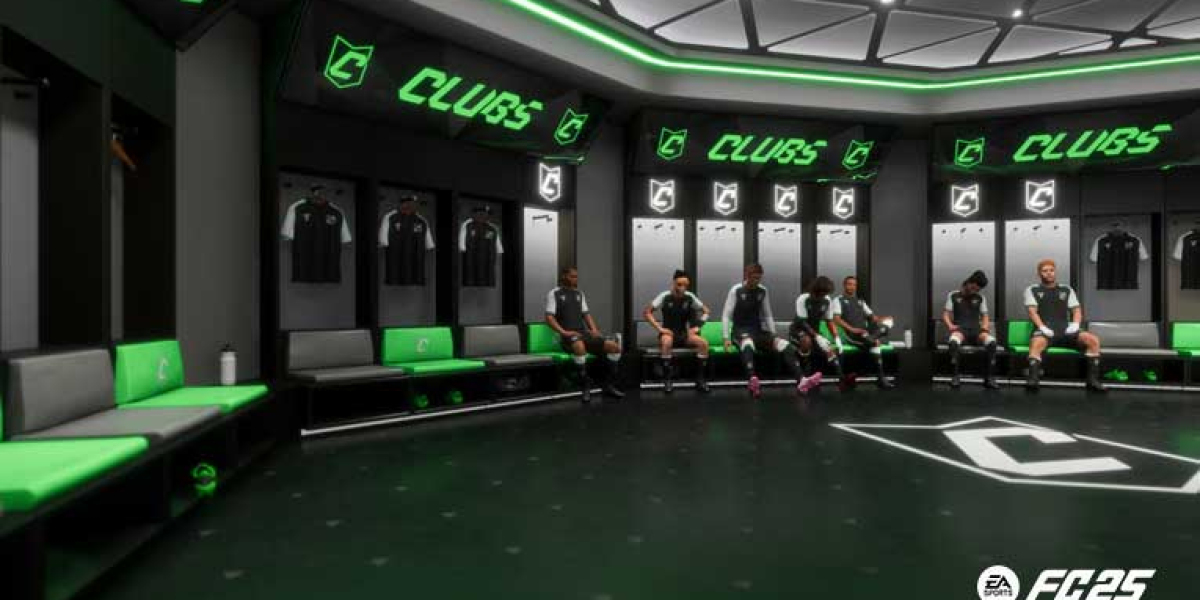In today’s rapidly evolving work environment, hybrid workspaces are becoming the new standard. These flexible environments blend in-person collaboration with remote access, demanding seamless communication tools and advanced audiovisual setups. As organizations shift to hybrid models, custom AV drafting has become essential for designing reliable, future-proof systems. The success of these setups depends not only on the equipment used but also on the precision and foresight in planning—starting with the right AV drafts.
This blog explores the importance of custom AV drafting in hybrid workspaces, the challenges that integrators face, and how to overcome them through detailed, project-specific drawings.
The New AV Landscape in Hybrid Workspaces
Hybrid workspaces are far more complex than traditional office environments. They require integrated video conferencing systems, wireless presentation tools, touchless control interfaces, acoustic treatments, and networked AV gear. Each workspace—from executive boardrooms to open collaboration zones—has unique audio and visual needs.
To meet these diverse demands, AV integrators must tailor solutions for each zone. A one-size-fits-all design approach no longer works. Custom AV drafting is the key to creating tailored designs that not only fulfill technical requirements but also enhance the user experience.
Why Custom AV Drafting Is Crucial
Custom AV drafting involves creating detailed system drawings that are specific to the layout, equipment, user needs, and operational goals of a particular space. These drafts help integrators:
Visualize equipment placement
Ensure compatibility across AV components
Identify power and cable routing needs
Coordinate with architects, IT teams, and facilities managers
Reduce errors during installation
Simplify maintenance and future upgrades
Without accurate and customized AV drafting, miscommunication between stakeholders increases. Installation teams may face setbacks, and clients could end up with systems that fail to meet their expectations.
Key Elements of Custom AV Drafting
When drafting for a hybrid workspace, the following components should be addressed:
Floor Plans: Accurately scaled layouts showing device placements, cable pathways, and access points.
Reflected Ceiling Plans: Indicating speaker, mic, and projector placements while accounting for ceiling types and heights.
Signal Flow Diagrams: Visual representations of the signal path across AV components, ensuring clarity in connectivity.
Rack Layouts: Clear rack elevations and device placements to support clean and serviceable equipment installations.
Power and Heat Load Calculations: Ensuring safe power distribution and proper ventilation.
Every hybrid workspace is different. A conference room designed for ten in-person participants and twenty remote attendees will require different microphone arrays and camera angles than a huddle space meant for impromptu meetings.
Drafting Challenges in Hybrid AV Projects
Creating AV drafts for hybrid workspaces comes with challenges:
Varied Room Types: Each room type needs a unique AV solution.
Changing Client Needs: Requirements often evolve midway through the project.
Technology Integration: AV systems must sync with building automation, IT networks, and remote access tools.
Time Pressure: Fast project turnarounds demand speed without compromising accuracy.
These hurdles make it essential to use tools that can quickly adapt and offer scalable drafting workflows.
Streamlining Custom Drafting with Modern Tools
Modern AV drafting software can significantly improve efficiency and accuracy. These tools allow teams to create reusable templates, incorporate manufacturer libraries, and auto-update connections when changes are made.
Cloud-based solutions are particularly effective for hybrid workspace projects. They enable real-time collaboration among integrators, consultants, architects, and clients. Team members can view and comment on drafts regardless of location, which supports better communication and faster revisions.
Best Practices for Custom AV Drafting in Hybrid Workspaces
Start with a Needs Assessment
Understand how each space will be used. Will the room host daily video calls, webinars, or training sessions? Drafting should support the functional goals.Use Layered Drafts
Separate power, signal, and structural elements into layers for clarity and collaboration with other disciplines.Include Future Expansion Plans
Design drafts to support future scalability, such as additional inputs, outputs, or control upgrades.Validate Against Site Conditions
Incorporate real-world data like wall materials, ceiling types, lighting conditions, and ambient noise levels to refine drafts.Review Drafts with Stakeholders
Present custom AV drafts to clients and partners early. This helps ensure buy-in and minimizes surprises during installation.
Real-World Application
Imagine an organization transforming its downtown office into a hybrid-friendly space. The design includes two large conference rooms, four huddle rooms, a training center, and a lounge with hot desks.
Each area has its own AV needs. The conference rooms require ceiling microphones, PTZ cameras, touch panels, and dual displays. The training center includes a wireless mic system and lecture capture gear. The lounge uses smaller speaker arrays and wireless casting tools.
A generic drawing would not suffice. Custom AV drafting ensures that every room gets a tailored solution. Drafts include different camera angles for each space, specific ceiling speaker placements, and optimized control system logic.
Conclusion
Custom AV drafting plays a foundational role in hybrid workspace design. It bridges the gap between a client’s needs and a successful installation. As hybrid work becomes more ingrained in modern business culture, precision drafting will only grow in importance.
By adopting structured workflows and modern tools, AV integrators can deliver high-performing, scalable solutions that make hybrid work smooth and efficient.
Whether you are designing for a new hybrid office or upgrading existing systems, invest the time and resources into custom AV drafting. It will save you costs, time, and headaches in the long run.
Read more: https://repurtech.com/case-study-av-drafting-for-a-multi-room-conference-facility/








